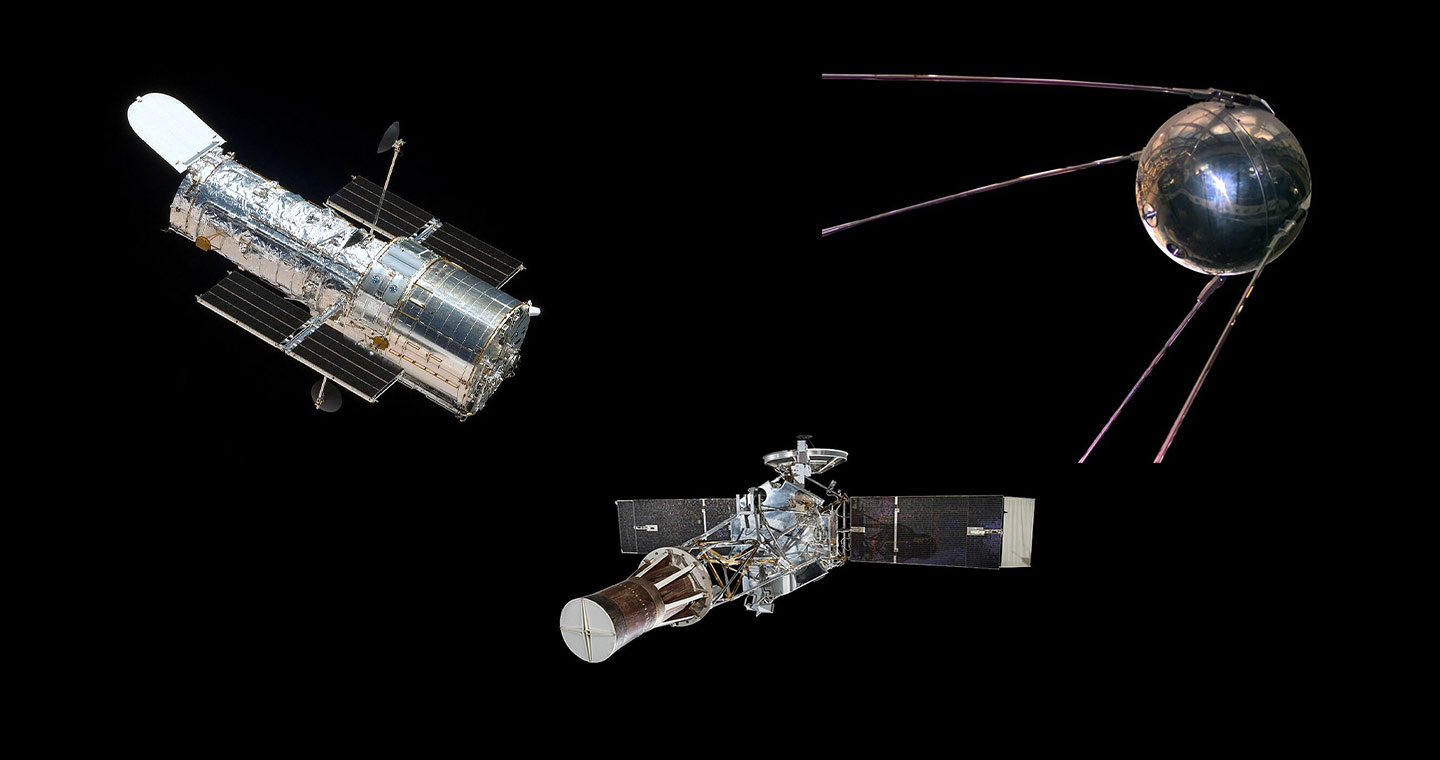History of Space Exploration takes us on a thrilling journey from the beginnings of rocket technology, through the competitive strides of the Space Race, to the era of space probes and rovers exploring other planets, all the way to our modern age where private enterprises join in the quest. This saga charts our relentless pursuit of understanding the cosmos.
Origins of Space Exploration: From Werner Von Braun to the Creation of NASA
The origins of space exploration can be traced back to the Second World War, specifically to the work of German engineer and space architect Werner Von Braun. As the leading figure in the development of rocket technology in Germany, Von Braun was instrumental in the creation of the V-2 rocket – the world’s first long-range guided ballistic missile. Despite its destructive use during the war, the V-2 rocket laid the groundwork for the technologies that would later facilitate human space travel.
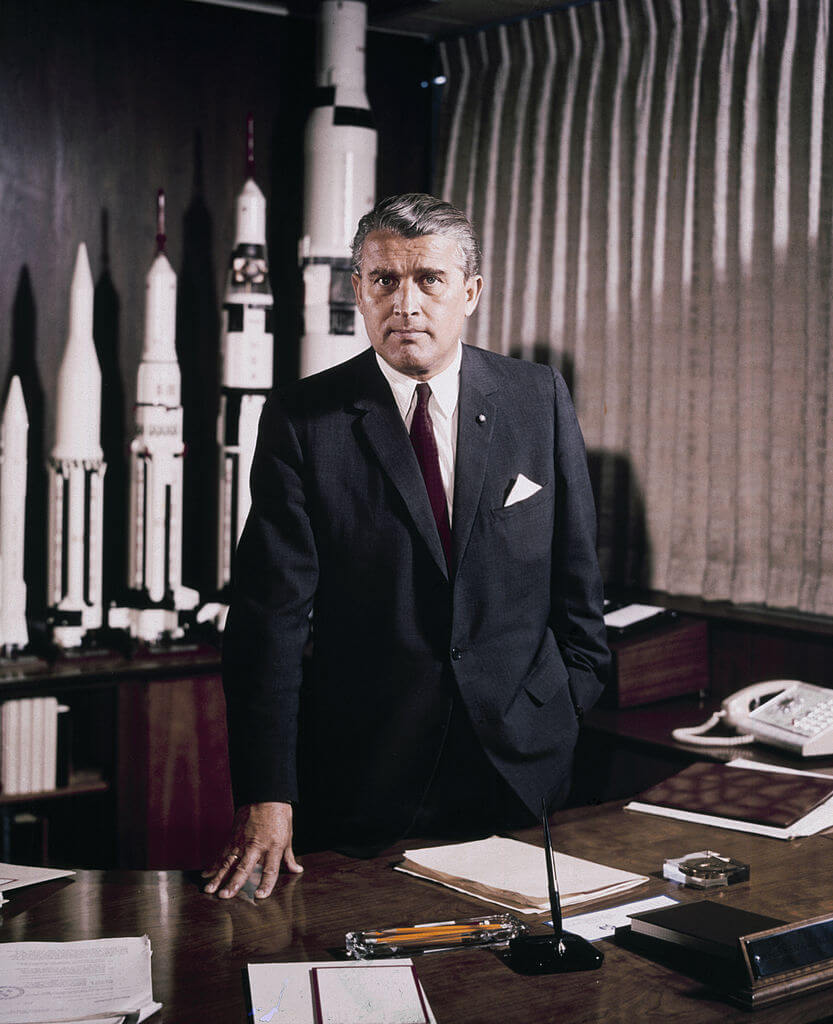
At the close of the war, the United States and the Soviet Union, recognizing the potential of rocket technology for both military and scientific purposes, sought to secure the expertise of German engineers like Von Braun. This marked the beginning of “Operation Paperclip,” an American program aimed at recruiting German engineers for their burgeoning space and missile programs.
After being brought to America, Von Braun and his team continued their work in rocketry. They played a pivotal role in the development of the Redstone rockets, which were the first American missiles capable of delivering nuclear warheads. Beyond their military application, these rockets also became crucial for early American space exploration efforts.
The launch of Sputnik 1 by the Soviet Union in 1957 marked a turning point. This event, representing the first successful launch of an artificial satellite, shocked the American public and policymakers. It initiated the “Space Race,” an aspect of the larger Cold War rivalry between the two superpowers. To counter Soviet advances in space, the United States accelerated its own space program.
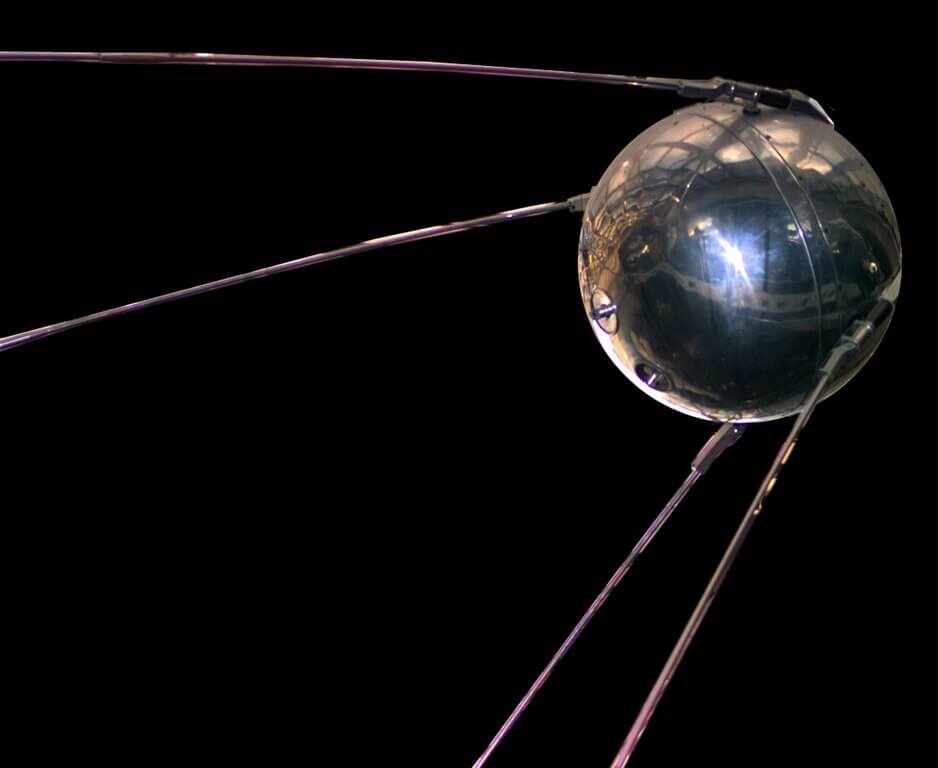
In 1958, in response to Sputnik, the United States created the National Aeronautics and Space Administration or NASA. This civilian agency was tasked with coordinating America’s activities in space. Drawing from the work of Von Braun and others, NASA sought to assert American technological prowess and leadership in space exploration.
Thus, from the ashes of war and amidst global competition, the age of space exploration began. Guided by the innovative work of individuals like Werner Von Braun, and spurred on by political and military imperatives, space became the new frontier for scientific discovery and national prestige. The creation of NASA signaled a commitment by the United States to explore this new frontier, setting the stage for the epic space expeditions of the following decades.
The Cold War in Space: The Apollo-Luna Race and the First Lunar Landing
The competition between the United States and the Soviet Union extended beyond geopolitics into the cosmos, turning the space into another theater of the Cold War. This rivalry, commonly known as the Space Race, was characterized by a series of firsts and remarkable achievements, culminating in the Apollo Lunar Program’s crowning glory.
The Space Race formally began with the Soviet Union’s launch of Sputnik 1, the world’s first artificial satellite, in 1957. This triumph was quickly followed by another in 1961 when Yuri Gagarin became the first human to orbit Earth, further escalating the competition. The United States responded to these Soviet successes with a commitment to a lunar landing, as announced by President John F. Kennedy in 1961.
NASA’s Apollo program, tasked with the goal of landing an American on the Moon before the end of the decade, was launched amidst great pressure. Simultaneously, the Soviet Union’s Luna program aimed for similar lunar milestones, albeit with less publicity.
After a series of trials and setbacks, including the tragic loss of the Apollo 1 crew in a fire, the Apollo program eventually achieved its goal. On July 20, 1969, the Apollo 11 mission successfully landed astronauts Neil Armstrong and Buzz Aldrin on the Moon, while Michael Collins orbited overhead in the Command Module. Armstrong’s first steps and his famous words, “That’s one small step for a man, one giant leap for mankind,” were broadcast live to an estimated global audience of 530 million people.
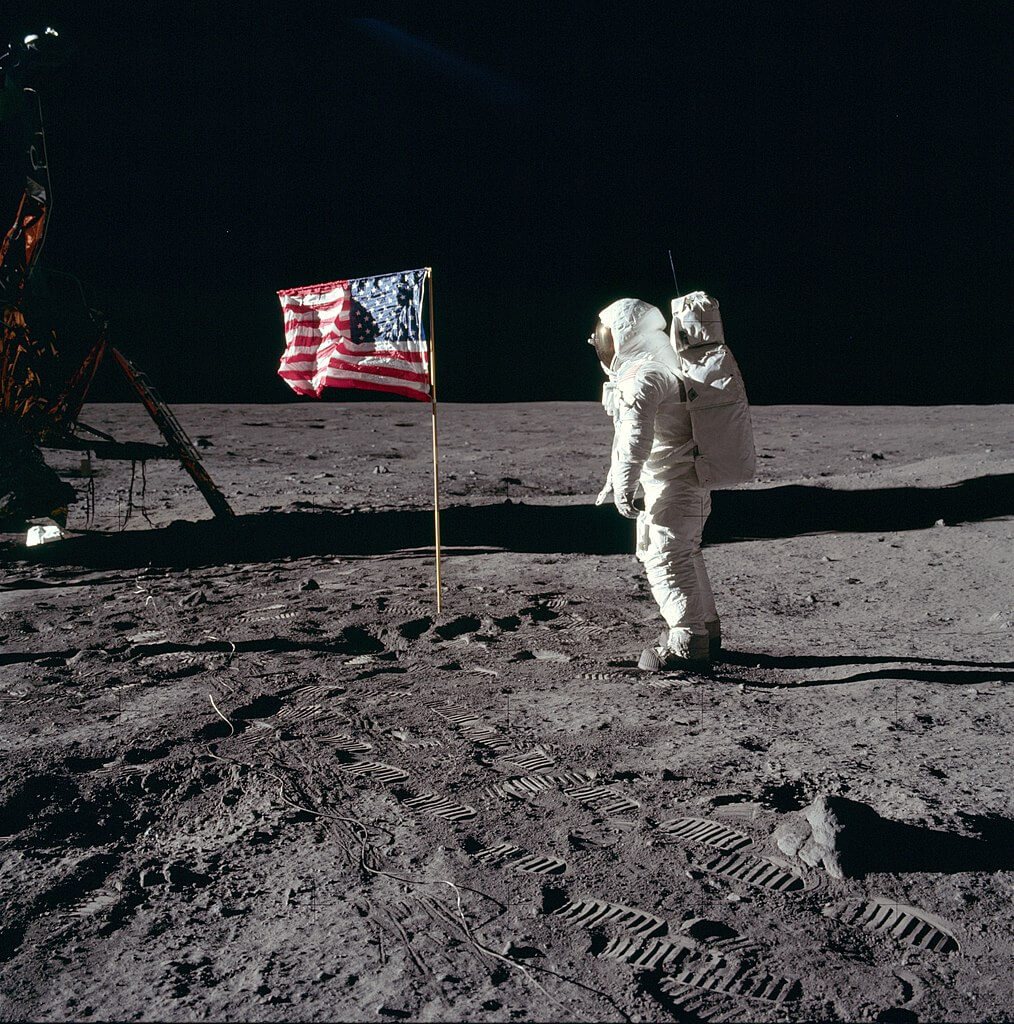
Meanwhile, the Soviet Luna program made significant strides in unmanned lunar exploration. Luna 2 became the first human-made object to impact the Moon in 1959, and Luna 3 returned the first images of the Moon’s far side later the same year. However, despite these accomplishments, the Soviets never succeeded in their attempts for a manned lunar landing.
The Apollo Lunar Program’s success effectively marked the end of the Space Race, symbolizing a significant victory for the United States. This period epitomized the intertwining of scientific exploration and geopolitical rivalry, shaping the course of space exploration for decades to come.
Exploring our Solar System: Mariner, Venera, and Voyager Missions
After making initial strides in human spaceflight and lunar exploration, the focus of space agencies broadened to include the comprehensive study of our solar system. In this endeavor, a series of landmark missions such as Mariner, Venera, and Voyager were launched, revealing incredible details about our neighboring planets.
The Mariner missions, conducted by NASA, played a critical role in the early exploration of the inner solar system. Launched between 1962 and 1973, the Mariner spacecrafts investigated Mars, Venus, and Mercury, providing valuable data about these previously mysterious planets. Mariner 4, for instance, was the first spacecraft to take close-up images of Mars in 1965, revolutionizing our understanding of the Martian surface.
While NASA was making strides with the Mariner missions, the Soviet Union launched their own series of planetary explorations: the Venera program. Focused on studying Venus, the Venera spacecrafts faced the challenge of the planet’s harsh atmospheric conditions, characterized by high temperatures and pressures. Despite these obstacles, several Venera missions made significant contributions to our knowledge of Venus. Venera 4, launched in 1967, became the first spacecraft to measure the atmosphere of another planet, and later missions even returned images from the Venusian surface.

In the mid-1970s, NASA embarked on an even more ambitious project: the Voyager missions. Voyager 1 and Voyager 2 were designed to take advantage of a rare planetary alignment that would allow them to visit all the outer planets of the solar system. Launched in 1977, these spacecrafts conducted flybys of Jupiter, Saturn, Uranus, and Neptune, returning stunning images and invaluable data. Notably, the Voyager missions discovered active volcanoes on Jupiter’s moon Io and intricate ring systems around the gas giants.
Perhaps most significantly, the Voyager missions marked humanity’s first steps towards interstellar space. As of now, both Voyager 1 and Voyager 2 have left the heliosphere, the “bubble” of particles and magnetic fields originating from the Sun, and entered interstellar space, carrying golden records that encapsulate the story of our world for any potential extraterrestrial finders.
These missions marked a turning point in the field of space exploration, signifying our transition from Earth- and Moon-centric missions to comprehensive solar system exploration. They represent humanity’s innate curiosity and desire to understand the universe we inhabit.
Robotic Pioneers: Mars Rovers and the Modern Exploration of Mars
As our technological capabilities advanced, Mars became the focal point of numerous exploration missions due to its relative proximity and potential for past or present life. The era of Mars rovers, which are essentially robotic explorers, significantly expanded our knowledge of the Red Planet.
The first successful Mars rover, NASA’s Sojourner, was part of the Mars Pathfinder mission in 1997. This small, remote-controlled vehicle served as a technology demonstration, proving that roving exploration was possible on Mars.
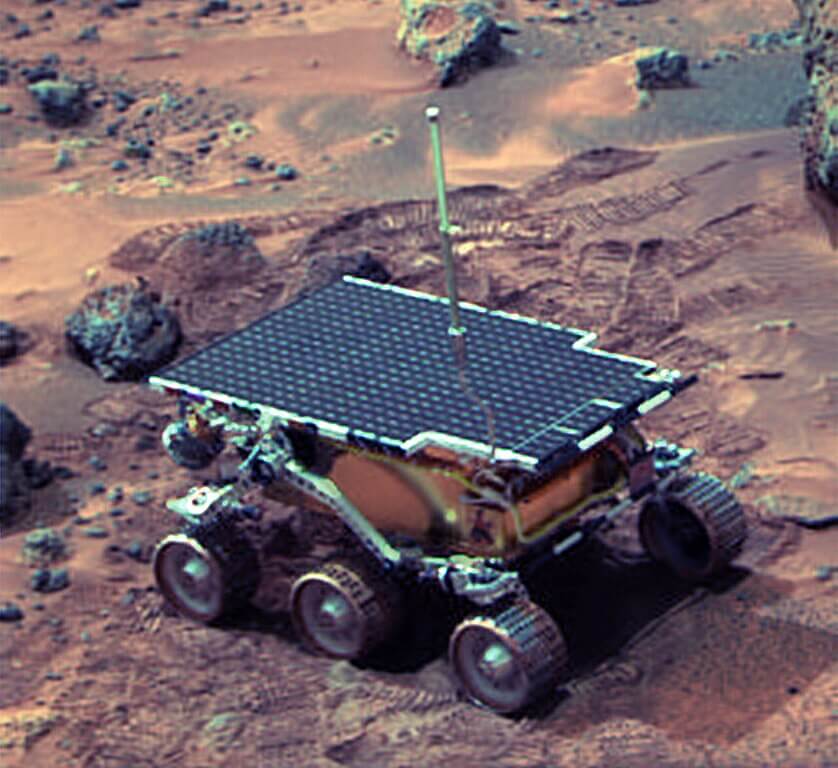
Building on Sojourner’s success, the twin rovers Spirit and Opportunity were launched in 2003. Designed for a mission duration of 90 Martian days, they far exceeded expectations, with Spirit lasting until 2010 and Opportunity until 2018. These rovers made several critical discoveries, including evidence of past water activity on Mars, providing key insights into the planet’s geologic and climatic history.
NASA’s largest and most capable rover, Curiosity, landed on Mars in 2012. Carrying a sophisticated set of scientific instruments, Curiosity’s primary goal was to investigate whether Mars ever had conditions suitable for life. The rover made groundbreaking discoveries, including the detection of organic molecules and a persistent, fluctuating release of methane, a gas that on Earth is strongly tied to life.
The most recent rover, Perseverance, landed on Mars in February 2021. It carries instruments designed to search for signs of ancient microbial life and collect and store samples of rock and soil for potential return to Earth by future missions. Perseverance also brought along the Ingenuity helicopter, a technology demonstration to test powered flight on Mars for the first time.
While NASA has dominated Mars exploration, other space agencies have also entered the fray. The European Space Agency’s (ESA) Mars Express, for instance, has been studying the planet from orbit since 2003. Moreover, in 2021, both the UAE’s Hope Probe and China’s Tianwen-1 mission arrived at Mars, marking significant milestones for these nations.
The continued exploration of Mars by these robotic pioneers represents our best efforts to understand Mars’s past and present, and they pave the way for the ultimate goal – human missions to Mars.
The New Space Era: Private Enterprises, Space Telescopes, and Future Prospects
As we entered the 21st century, the landscape of space exploration began to shift, characterized by the emergence of private enterprises and increasingly sophisticated observational tools like space telescopes. This evolution has opened up new possibilities for the future of space exploration.
Private enterprises have become significant players in space exploration. Companies such as SpaceX, founded by entrepreneur Elon Musk, have revolutionized the industry with reusable rockets and ambitious goals like colonizing Mars. SpaceX’s Dragon spacecraft has already made numerous cargo resupply missions to the International Space Station (ISS), and the Crew Dragon has facilitated human space travel from American soil for the first time since the end of the Space Shuttle program.
Similarly, Blue Origin, founded by Amazon’s Jeff Bezos, is focusing on building a future where millions of people can live and work in space. Other companies, like Virgin Galactic, are aiming to make space tourism a reality.
Alongside the rise of these private enterprises, space telescopes have been instrumental in expanding our understanding of the cosmos. The Hubble Space Telescope, launched in 1990, has provided some of the most detailed images of distant galaxies, nebulae, and other astronomical phenomena, significantly contributing to fields like cosmology and the study of exoplanets.

The James Webb Space Telescope, considered the successor to Hubble, is poised to look even further into the universe. Its primary goals include studying galaxy formation, understanding the formation of stars and planetary systems, and searching for the origins of life.
The upcoming Chandra X-ray Observatory will be observing the universe in X-ray wavelengths, allowing it to view phenomena like supernova remnants and galaxy clusters. The European Space Agency’s Planck satellite has already mapped the cosmic microwave background – the radiation left over from the Big Bang – in unprecedented detail.
As we look to the future, the role of private enterprises in space exploration is likely to grow, potentially making space travel more accessible. Space telescopes and other observational tools will continue to probe the mysteries of the universe. Meanwhile, plans for human missions to Mars and the establishment of a permanent human presence on the Moon are already underway.
From these perspectives, it is clear that we are at the precipice of a new era in space exploration, one where the final frontier might not remain ‘final’ for much longer.
Historical Challenge: Can You Conquer the Past?
Answer more than 18 questions correctly, and you will win a copy of History Chronicles Magazine Vol 1! Take our interactive history quiz now and put your knowledge to the test!

